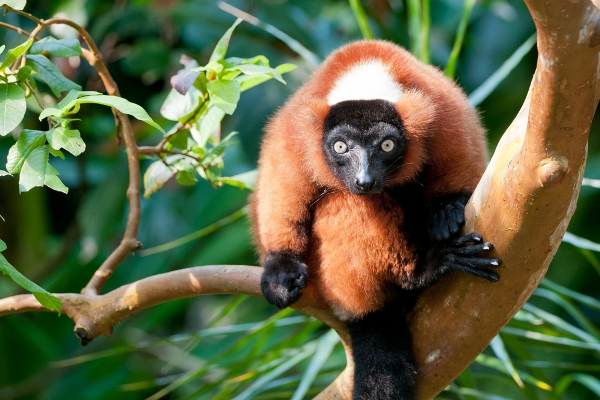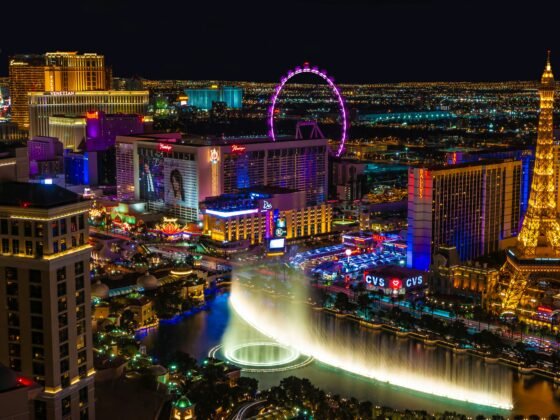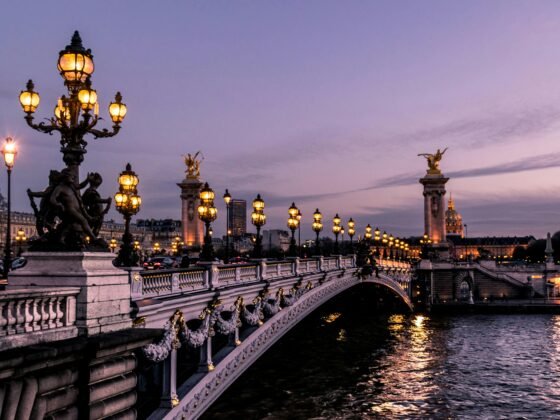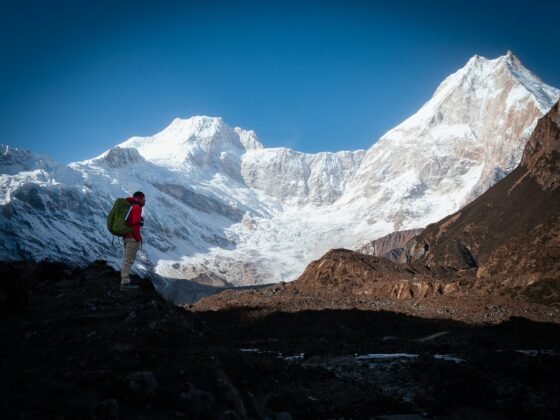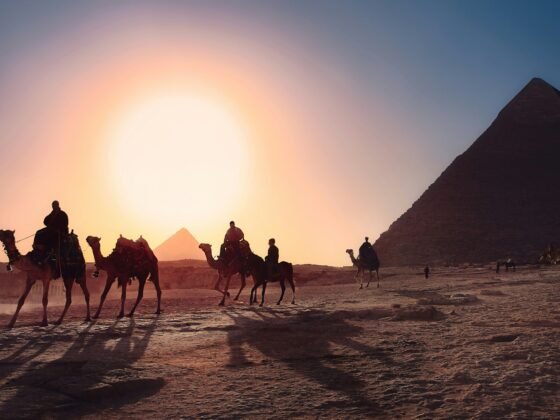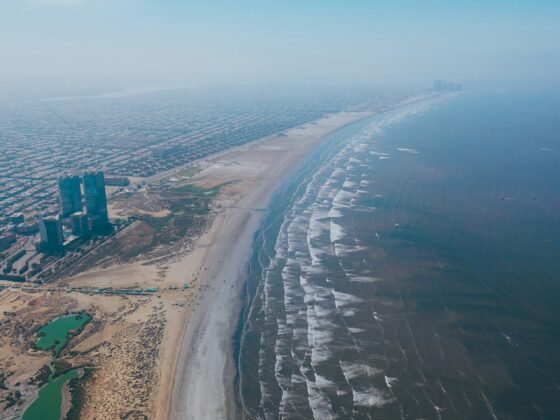From the tropical island paradise of Mauritius, to the myriad of coral islands that make up the Maldives, to the lush idyllic major island of Sri Lanka, the Indian Ocean offers plenty to experience, in addition to wonderful beaches, luxurious spas and crystal clear waters of course. Stretching from the coast of Africa to the coast of Australia, the Indian Ocean is home to some of the most exotic island paradises on earth; Madagascar, Seychelles, Comoros, Christmas Island and many more.
Turtles in the Maldives
The 1,000 or so tropical islands that make up the Maldives are the perfect destination to spot leatherback and loggerheads turtles as they paddle the warm waters and nest on the beaches. In fact of the seven turtle species on earth, five of them reside in the Maldives.
Lemurs in Madagascar
The fourth largest island in the world is also a biodiversity hotspot with a huge array of plants and wildlife that cannot be found anywhere else on earth. In fact 90% of the plantlife and animals are endemic to Madagascar. One major attraction is the lemur and of the 32 different species in the world, all are endemic to Madagascar including the ring tailed lemur, Lepilemur, Red Ruffed Lemur (pictured above), Indri lemur and the Verreaux’s sifaka. The primates arrived on the island about 23 million years ago and today there are many specially created National parks that provided protected environments for mammals, birds, reptiles, flora and fauna such as the Andringitra National Park, Zahamena national Park and the Marojejy National Park.
Giant Tortoises in the Seychelles
The tropical paradise island of the Seychelles is home to the giant tortoise, which makes for quite a sight. The UNESCO World Heritage site of Aldabra Atoll is crawling with thousands of the prehistoric creatures that often live to 200 years old and can weigh up to a rather hefty 300kg each.
Whale Sharks off the coast of Tanzania
The Indian Ocean is teeming with shark species and at Mafia Island visitors can swim with whale sharks. The gentle giants are a bewitching sight and with adults reaching some 35 tonnes, this is not for the faint hearted. The Zanzibar archipelago and Mafia Island collectively make up Tanzania’s Spice Islands, named after the prolific production of cinnamon, cloves and nutmeg.
Pink Pigeon in Mauritius
The curious pink pigeon was all but as extinct as Mauritius’ other famous resident, the dodo, until conservationists stepped in. Down to just 9 remaining pigeons in 1991, these were shipped off to Jersey Zoo assisted by the famous naturalist Gerald Durrell to be bred and returned to the island. Today the pink pigeon population numbers around 400 and the birds can be seen in the National Park and on the Ile aux Aigrettes nature reserve.
Asian elephants in Sri Lanka
Travellers to Sri Lanka can take the opportunity to spot herds of Sri Lankan Asian elephant, which is on the global endangered list. The Minneriya National Park in the north central province is a feeding ground especially during the dry season (May to September) where herds gather on the grass fields at the edge of the reservoir. Estimates place the number of elephants here at around 700, living alongside two endemic monkey species; the Purple-faced Langur and the Toque Macaque. There are also deer, leopard, bear and large water birds in residence.
Red Crabs on Christmas Island
Head to Christmas Island in October or November to witness 100 million red crabs make the journey from their forest homes into the sea to lay their eggs. Christmas Island lies off Australia’s northwest coast and is also home to the endemic Abbott’s Booby, Fruit Bats and the brown Booby which has its largest breeding colony on the island.

